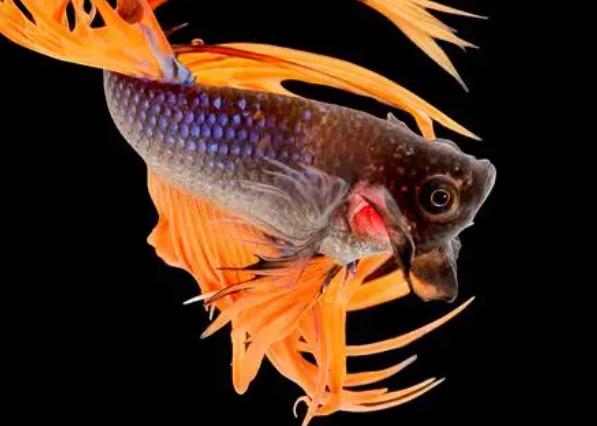Basic Facilities and Tools Needed for Breeding Betta Fish
Breeding Tank: Select an aquarium with a capacity between 10 and 20 liters. Make sure there is sufficient water depth, usually about 15 to 20 centimeters, and keep the water temperature between 24°C and 28°C.

Water Temperature Control: Use a heater to maintain the water temperature between 25 and 30 degrees to ensure it is suitable.
Water Quality Management: Use filters and heaters to keep the water quality and temperature stable. Regularly replace part of the water to keep it clear.
Substrate Materials: Spread fine sand or pebbles on the bottom of the aquarium to simulate the natural environment.
Floating Objects: Prepare floating aquatic plants, duckweed, transparent thin plastic sheets or thin foam pieces, etc., for the betta fish to build nests.
Specific Steps for Breeding Betta Fish
Environment Setup: Arrange the substrate, aquatic plants and floating objects in the breeding tank. For example, use Indian almond leaves to adjust the water quality.
Pairing: Put the male fish into the breeding tank first to let it blow bubbles and build a nest. Then put the female fish in and observe whether they are successfully paired.
Hatching: After the female fish lays eggs, remove the female fish from the breeding tank and let the male fish guard the eggs alone. The baby fish will hatch in about 3 days.
Feeding: The newly hatched baby fish live on the yolk for the first 1 - 2 days. After that, they can be fed with brine shrimp or infusoria.
Water Quality Management: Use a sponge filter to ensure the cleanliness of the water and avoid pollution.
